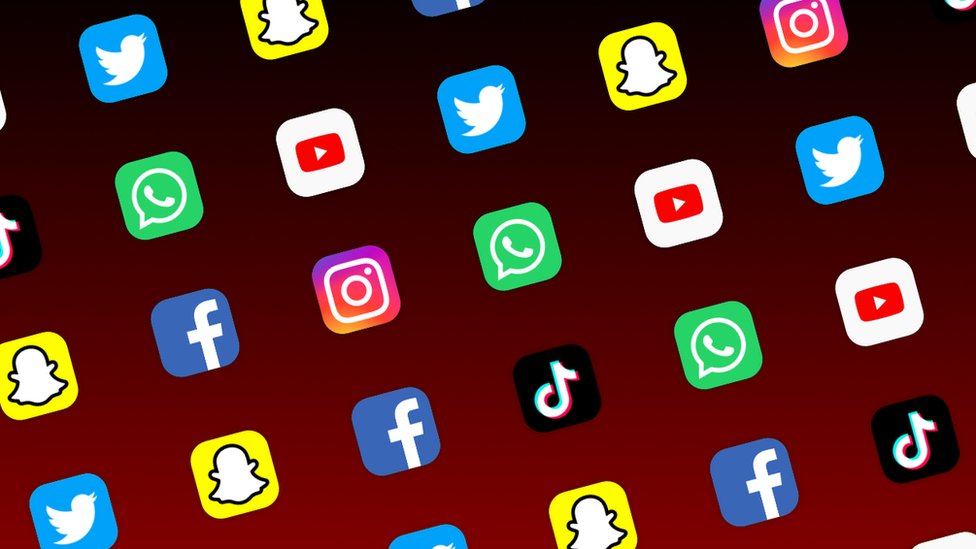Privacy
Technology can be a useful and helpful tool in our busy lives in the twenty-first century. It allows us to contact people immediately, set reminders, and be overall more organized. However, there are also negative aspects to technology as well. One of them is that using technology means giving up our rights to our own privacy. In the many Ted Talk videos that I watched, the most interesting way that the Government invades our privacy is by looking at our license plates. Not just when we get pulled over and get a ticket, but just by simply driving on the street.
In Catherine Crump's Ted Talk: The Small and Dangerous Detail the Police Track About You, she examines sneaky ways in which the Government and police can track us. She explains how we can be tracked by driving and through our license plates through machines called Licenses Plate Readers. Unknowingly to the public, they're located all throughout the streets that we drive by every day as well as police cars. The device can scan your car and through technological enhancement technology can read the number on your license plate and the police department can keep it on file for future reference.
Although this specific device can be alarming to some (including myself), it is actually a useful tool in certain scenarios. For example, Licenses Plate Readers can track cars that have been at the scene of a crime, travel patterns, etc. Which then makes it easier for law enforcement to track people and possibly catch criminals through this technology. To the few people that are aware of these devices, some have questioned taking off their license plates entirely so they cannot be tracked. However, this would be completely impossible because the law requires you to have your license plate on your car.

Another interesting video that I watched about internet privacy was Christopher Soghoian's Ted Talk How to Avoid Surveillance.....With Your Phone. It's a scary thought to know that your text messages or phone calls to others can be viewed by the companies that produce your cell phones. However, although it might be a scary thought, Christopher points out how some companies make it more difficult for themselves or hackers to view your messages. He says that using regular iMessage on your iPhone and FaceTime Audio instead of regular phone calls, makes it less easy for hackers to hack into your phone and view your messages or phone calls. And another app that is also less easy for hackers to hack into is using WhatsApp.
Knowing all these ways that the Government, tech companies, and hackers can have easy access to all of your information in an instant is really alarming, we have to remember that it all might not be for a bad reason. Similar to what I said about Catherine Crump's video, sometimes it can be a good thing such as making it easier for the government to find criminals that might be lurking around on and off of the internet. One way we can prevent our information from being stolen is by using a VPN to guard our information and keep hackers from breaking it. As well as just overall being self-aware when using the internet.




















